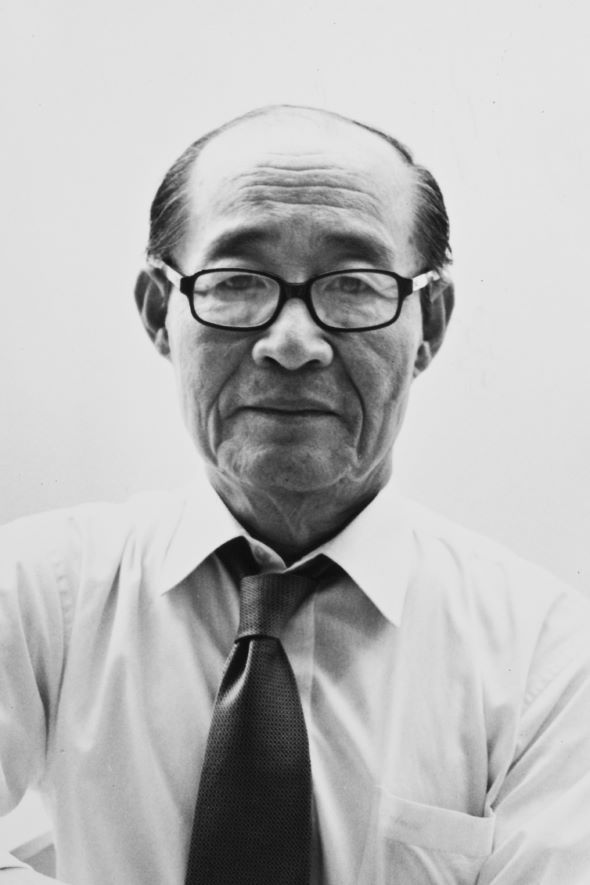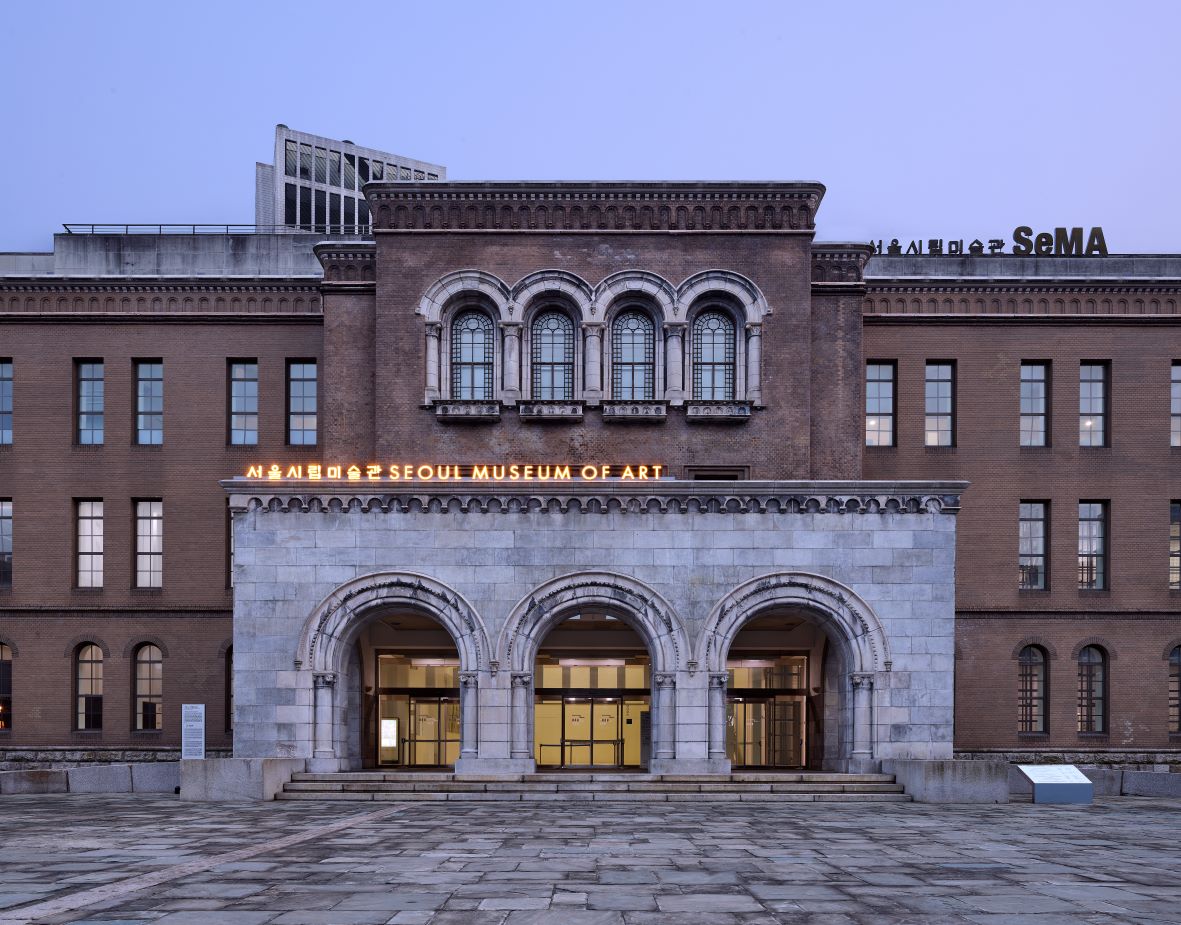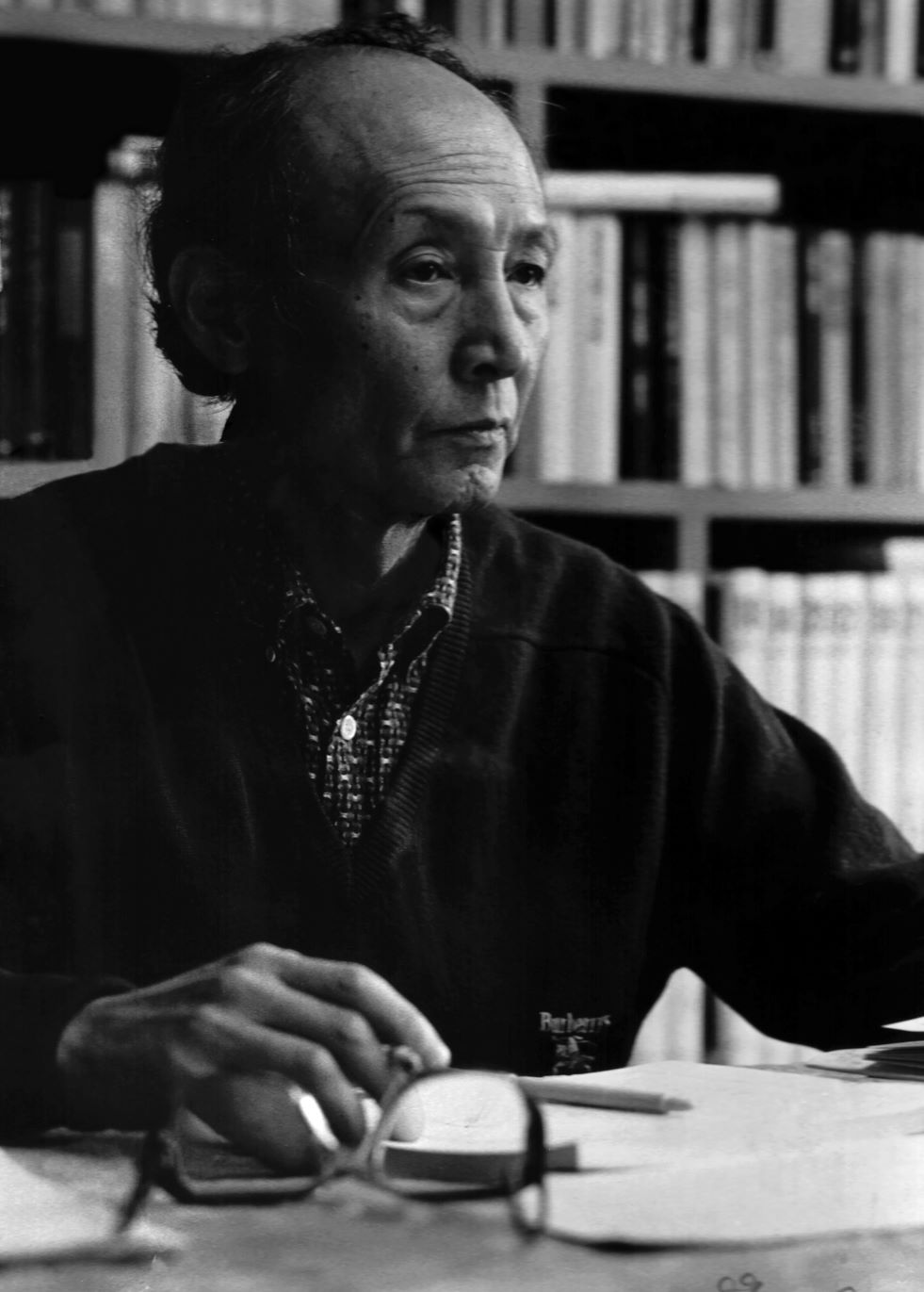
Portrait of Yu Jun-sang, MMCA Art Research Center Collection, Gift of Kim Boggi
Yu Jun-sang
* Source: MMCA
Related
-

Contemporary Korean Painting Exhibition
An exhibition of Korean contemporary held from July 19 to September 1, 1968 at the National Museum of Modern Art, Tokyo. The exhibition was historically significant in that it was the first official cultural exchange following the normalization of diplomatic relations in 1965. Seventeen artists including Park Seo-Bo, Ha Chonghyun, Chung Changsup, and Lee Ufan participated in the exhibition. Choi Sunu, Lee Kyungsung, Lim Youngbang, Lee Yil, and Yu Junsang participated in the selection of the artists. Lee Kyungsung introduced the abstract art of the Korean art community in his preface for the exhibition, in which he stated that he focused on upcoming artists in their 20s and 30s who were driving the movement. The exhibition is significant as Lee Ufan’s debut within the Korean art community.
-

Korean Art Critics Association
Korean Art Critics Association is an organization founded by art critics in 1956. The founding members include; Choi Sunu, Lee Hangsung, Lee Kyungsung, Chung Kyu, Bang Geun-taek, Bae Gilgi, Chun Seung-bok, Kim Byungki, Kim Youngki, Kim Chung-up, and Kim Youngjoo. Lee Yil, a subsequent president of the group, established the quarterly art magazine Korean Journal of Art Criticism in 1986, and created the Korean Art Critics Association Award in 2009. Through this platform, the association continues to support artists and art writers.
-

Seoul Museum of Art (SeMA)
Korea’s first municipal art museum, the Seoul Museum of Art was established at the site of the Gyeonghui palace park, where Seoul High School used to be located, in 1988. On May 17, 2002, the museum moved to Jung-gu, Seoul, to the former location of the Supreme Court of South Korea. In addition to the main branch, the Seoul Museum of Art also operates the Seoul Museum of Art (South), which opened on September 2, 2004; Seoul Museum of Art (North), which opened in September 24, 2013; SeMA Nanji Residency, which opened in April 2006; SeMA Warehouses, which opened in August 2016; Nam June Paik Memorial House, which opened in March 2017; and SeMA Bunker, a multipurpose art space that opened in October 2017. Notable exhibition projects of the museum include the Seoul Mediacity Beinnale, a biennial media art event held since 2000, and the Seoul Photo Festival, an annual event held since 2010.
Find More
-

Lee Kyungsung
Lee Kyungsung (1919-2009, pen name Seoknam) was born in Incheon as the first son of Lee Hak-soon and Jin Bo-bae. He graduated from Changyeong Elementary School (1926-31) and Gyeongseong Commercial School (1934-36). In 1937, he moved to Japan and graduated from the Department of Law at Waseda University in 1941. After his return to Korea, he worked as a clerk at the Gyeongseong Court. Later, he returned to Japan to study art history at Weseda University. After independence, he was appointed as the first director of the Incheon City Museum, a director of Hongik University Museum, Walker Hill Art Center (1981-83), and the MMCA (1981-83, 1986-92). He strived to improve the structure of Korean art museums and also trained professional curators. During his appointment as a professor at Ewha Womans University (1957-60) and Hongik University (1961-81), he also served as a chair of the Korean Art Critics Association and published several important books that contributed to the foundation of a modern Korean art history. He established the Seoknam Art Culture Foundation in 1989 and the Seoknam awards for art and art theory. After his retirement, he focused on his art and held numerous solo exhibitions.
-

Lee Yil
Lee Yil(1932-1997) was a first-generation critic whose art criticism was based on art theories and greatly impacted the formation of Korean modernism. He was born in Gangseo, Pyeongannam-do Province and his real name is Lee Jinsik. While attending Pyongyang High School, Lee defected to South Korea and went to Gyeongbok High School in Seoul. After graduation, he entered the French Literature Department at Seoul National University but dropped out and moved to Paris. In 1961, he studied archaeology and art history at Sorbonne University. There, he worked as a Paris correspondent for the Chosun Ilbo newspaper. In 1964, he translated and published L’aventure de l’art abstrait (The Adventure of Abstract Art) by Michel Ragon. Returning to Korea in 1965, Lee began practicing art criticism in earnest. In 1966, he joined Hongik University as a professor of art theory, and he held the position for thirty years until his retirement in 1997. He wrote A Trajectory of Contemporary Art that introduced contemporary art of the West in 1974. Among his translated works are Naissance d’un Art Nouveau (Birth of Art Nouveau) (1974) by Michel Ragon, The History of World Painting (1974), and History of Art by H.W. Janson (1984). From the 1980s, he published books on art criticism, including Korean Art: The Face of Today (1982) and Reduction and Expansion of Contemporary Art (1991). After his death, the collections of his posthumous manuscripts, Lee Yil: Art Criticism Journal (1998) and The Critic Lee Yil Anthology in two volumes (2013), were published. Lee Yil’s art criticism activities can be divided largely into two periods. The former period spans from the time he returned from France to the early 1970s. During this period, Lee was interested in anti-art such as Dadaism and Nouveau Réalisme (New Realism). He inspired the formation of the Union Exhibition of Korean Young Artists that was brought together in solidarity by the generation who experienced the April 19 Revolution. Serving as a founding member and theorist of the Korean Avant Garde Association (referred to as AG) established in 1969, he developed criticism that laid the foundation for the formation of avant-garde art that emphasized experimentation. Around 1971 and 1972, he redirected his attention to art reflecting Korean culture and the spirit of Koreans rather than avant-garde focused on resistance. In the latter period, he stressed a “return to the primordial.” With his distinctive critical concepts, such as “reduction and expansion” and “pan-naturalism,” he actively supported the Korean Minimalism school of painters, especially Dansaekhwa artists. Lee’s critical perspective became a cornerstone in the narrative of Korean contemporary art history in the 1970s.






